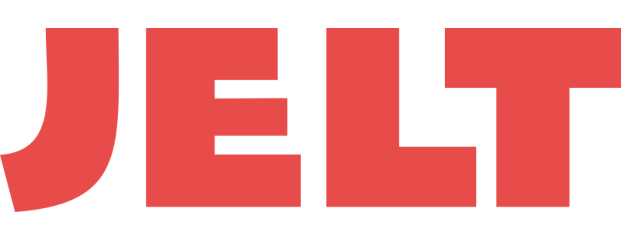Abstract
The possibility of using neurodevices to treat criminal offenders, as a means of voluntary diversion to avoid incarceration, has became a widely discussed topic in the last decade. A widely debated issue concerns the right to control or alter the neurological patterns of criminal offenders, provided that punishing implies limiting one’s freedom also without their consent. On the one hand, mandatory neurointervention is not only meant to be a lesser evil than incarceration, but it is even supposed to be advantageous for criminals because it can allow to restore their decisional autonomy by inhibiting their criminal impulses. On the other hand, mandatory neurointevention is rejected because it is considered to inflict a significant harm on an offender, which goes far beyond the limits of criminal punishment. The aim of my paper is to analyse and to discuss the assumptions that underpin the two theoretical approaches outlined above. In particular, the first goal is to show that the possibility of such a use of neurodevices relies on a two-pronged theoretical background. On the one hand, it embraces a special prevention theory of punishment, according to which a criminal has to be treated in order to be rehabilitated or to be neutralized. On the other hand, it is connected with the idea of cognitive liberty, that is the updated version of freedom of thought in the neuro-era, according to which one’s states of mind are unalterable and inviolable without their consent. The second goal is to outline the way in which the possible use of neurodevices for criminal offenders may affect the legal categories at stake, as f. i. the distinction between treatment and punishment.
Download
Fuselli S. (2020) "Neurocorrezioni. L’impiego di neurodispositivi tra pena e trattamento.
", Journal of Ethics and Legal Technologies, 2(2), 99-124. DOI: 10.14658/pupj-JELT-2020-2-5
Year of Publication
2020
Journal
Journal of Ethics and Legal Technologies
Volume
2
Issue Number
2
Start Page
99
Last Page
124
Date Published
11/2020
ISSN Number
2612-4920
Serial Article Number
5
DOI
10.14658/pupj-JELT-2020-2-5
Issue
Section
Articles

 © 2025 Padova University Press - Università degli Studi di Padova
© 2025 Padova University Press - Università degli Studi di Padova